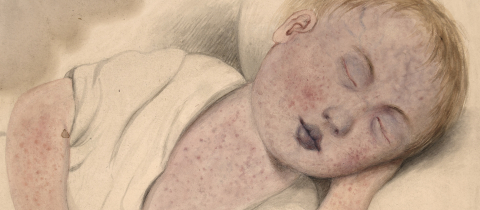In pursuit of flawless skin, people often come across various beauty routines and skincare hacks. One trend, among many others, that has gained popularity in recent years is the practice of icing the face. This so-called ‘skincare hack’ involves simply rubbing an ice cube over your face or using a skincare tool kept in the freezer. Some people even go as far as putting their face in a bowl full of ice for several minutes. Advocates claim that icing can reduce puffiness, tighten pores, and imbue one’s skin with a radiant complexion. The real question is whether there is any scientific evidence behind this seemingly simple yet chilly skincare routine. Let’s jump into the world of science to separate sense from nonsense.
A common belief surrounding facial icing is that it reduces puffiness because cold temperature constricts blood vessels, which in turn minimizes inflammation and swelling. While there is some truth to this, the impact is temporary and not as significant as some might believe. The effects are fleeting, and as blood flow returns to normal, the puffiness does too.
Another widespread belief is that icing your face can tighten pores, resulting in a smoother and more radiant complexion. Pores do not technically open and close like doors, but their appearance can be influenced by several factors including oil, debris, and inflammation.
Although icing may temporarily reduce the appearance of enlarged pores by constricting the skin and reducing inflammation, this effect is indeed also temporary. Pore size is primarily determined by genetics, age, and skin type. While icing may provide a short-lived improvement, it won’t miraculously shrink pores permanently.
Moreover, advocates of facial icing also claim that it can effectively eliminate acne and blemishes by reducing inflammation and promoting skin healing. It is true that cold temperatures can have some anti-inflammatory effects, but the extent of their impact on acne and blemishes is exaggerated. Acne is a multifaceted skin condition influenced by factors such as excess oil production, clogged pores, and the presence of bacteria: icing alone cannot address these underlying causes. The reduction in inflammation from icing may offer some relief for inflammatory acne lesions, helping to temporarily decrease redness and swelling. However, this is not a substitute for targeted acne treatments and a consistent skincare routine.
While there may be some short-term benefits to icing the face, it’s essential to acknowledge the limitations of this practice. Icing alone is not a comprehensive skincare solution, and its effects are temporary. It is also important to consider individual variability. Factors such as skin type, sensitivity, and overall health can influence how well the skin responds to cold temperatures. Some individuals may find the practice uncomfortable or even irritating.
As with any skincare trend, it's crucial to be wary of claims that seem too good to be true. The myth of icing as a cure-all for healthy skin falls into this category.
For those seeking genuine improvements in skin health, a well-rounded skincare routine that includes cleansing, moisturizing, and sun protection is essential. Additionally, adopting a healthy lifestyle, staying hydrated, and managing stress can contribute to a radiant complexion that lasts longer than the fleeting effects of a chilly treatment. Dunking your face in ice water is not harmful, but when it comes to expecting your skin to be rejuvenated, well, put that notion in the deep freeze.
Hosna Akhgary is a BSc candidate at McGill University, majoring in Pharmacology.







